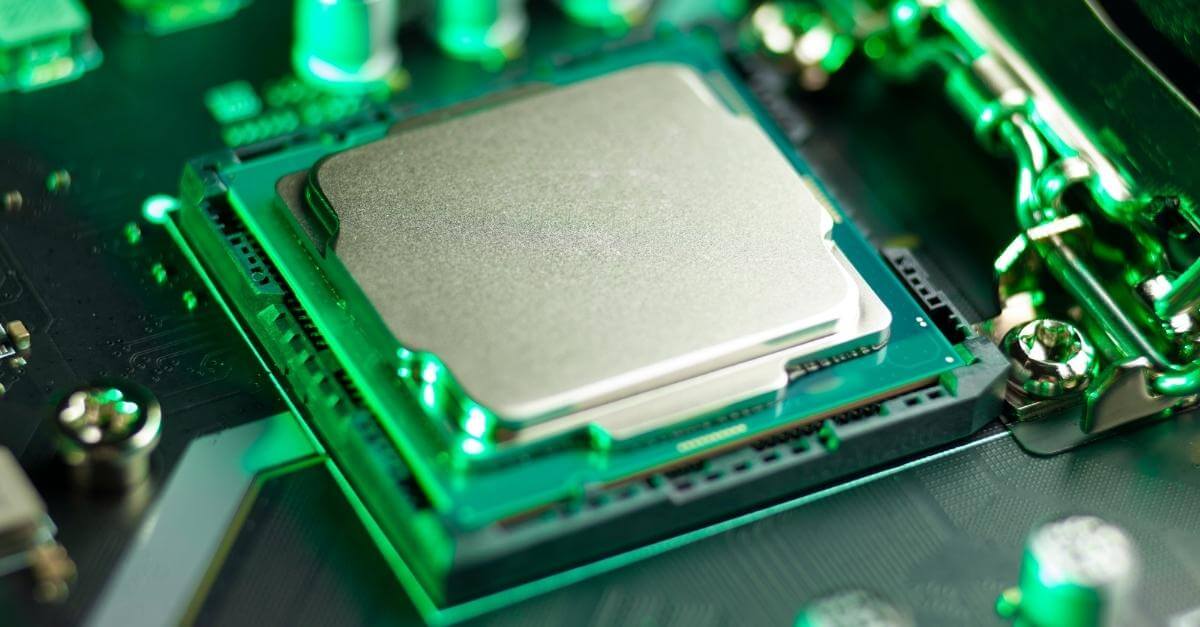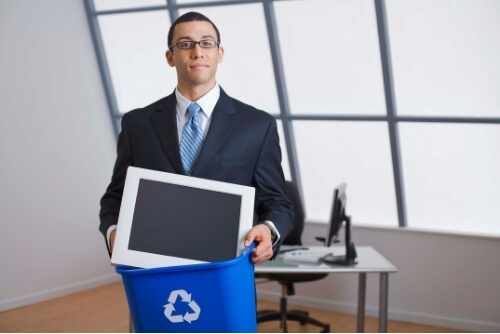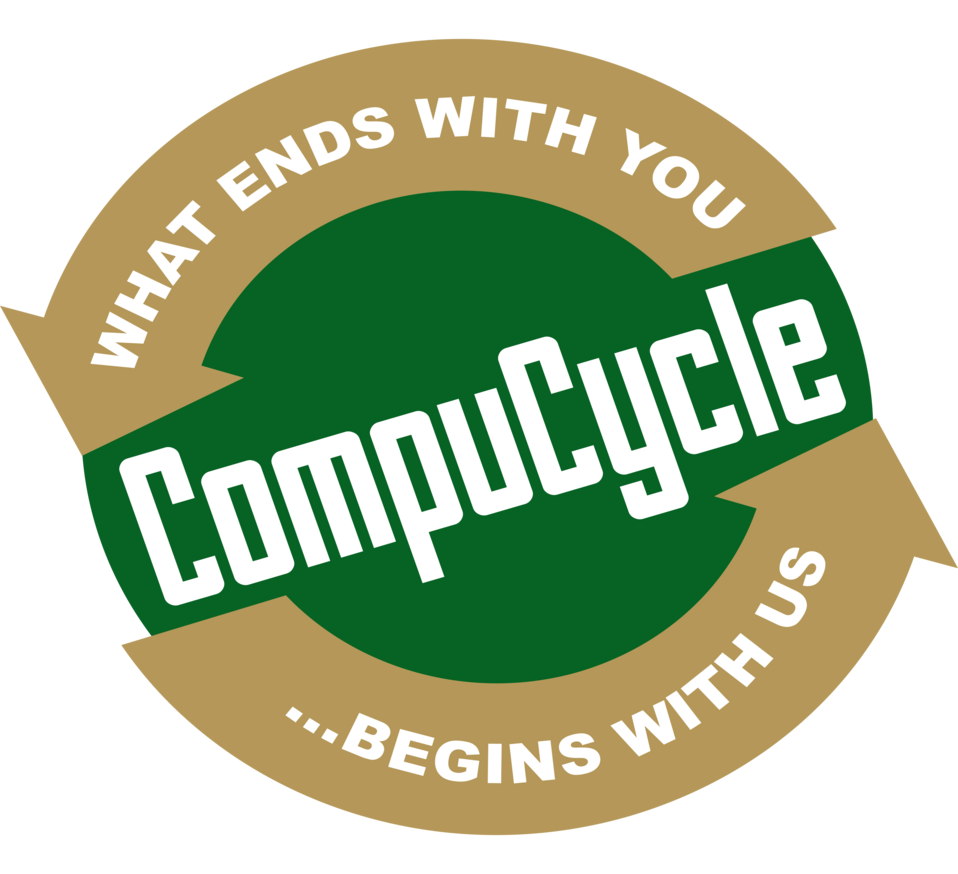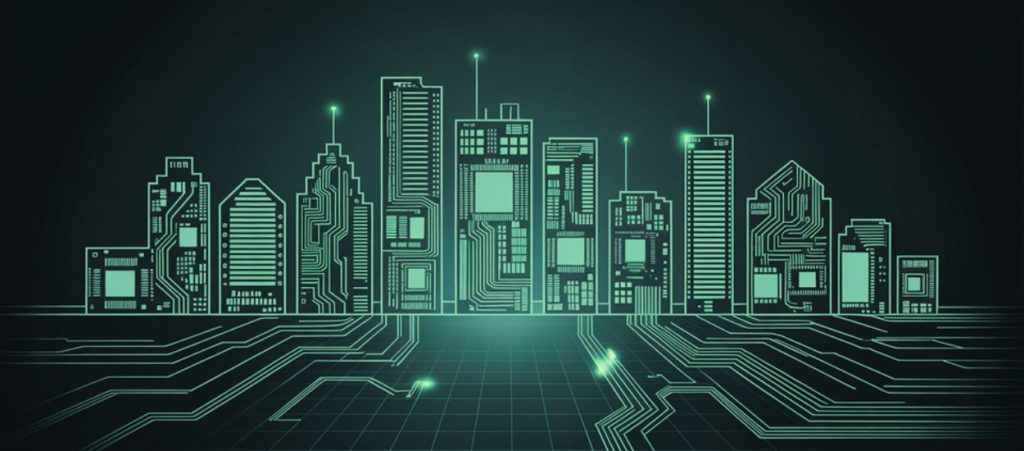
Recycling computer components offer a variety of benefits. The most important on a global scale is keeping toxic substances found in electronics out of landfills. Responsible recycling also helps prevent identity theft since recycling through appropriate channels also ensures your personal information is wiped safely from the machine. It also allows you to remain compliant as more electronic waste legislation is passed at local and state levels.
Additionally, it allows for the reuse of precious components. By reusing some of those materials to make new products, we can ensure that fewer fossil fuels are removed from the planet. Imagine this statistic, for example, from the U.S. Environmental Protection Agency. When we recycle one million laptops, we save the same amount of energy it takes to power 3,500 homes in the United States for a year.
Recycle or Reuse?
Many people use the term recycling as a catch-all for the process of keeping items out of the trash. While it can work in that manner, recycling and reusing are actually two very different things.
When it comes to computers, recycling refers to taking apart the computer and separating the components from it. When we hear terms such as electronics recycling and e-waste recycling, the process involves removing the raw materials from the waste materials. Components commonly recycled include power supplies, graphics cards, motherboards, the hard drive, and RAM.

In this method, it is possible to remove rare earth metals in quite short supply and very hard to excavate. After purification, these components can then be used to make new components.
Reusing computers is more of a straightforward definition. Here, the goal is to find ways to use the components in their existing form in a new way.
If a computer is still in reusable condition in its current form, the most environmentally friendly option is to refurbish it and reuse it. In some situations, this isn’t possible or beneficial. In that case, reusing raw materials is the better option, and then recycling computer components comes into play.
What Can Computer Parts Be Reused?
If you have a computer you no longer use, what should you do with it? If the computer is functional, the most logical way of using it with the least impact on the planet is to sell or donate it to someone else who can use it. A handy person may also want to consider repurposing the computer themselves. For example, you could use it for other needs such as a gaming server, a second PC for the family to use, or a home server. This puts it to work more effectively in some way.
The next step would be to consider saving components for other needs. For example, you could turn the internal hard drive into an external hard drive to create additional storage. To do this, all you need to buy is a case and a USB cable. Or, you may be able to add the RAM from the old computer into a new machine.
Some people may find handling computer components like this on their own difficult or not desirable. When it comes to recycling computer components there are other reuse options available. For example, it is possible to return items to the manufacturer or donate them to organizations in the community that can use them. Some schools, churches, and community organizations happily put them to good use. The only step you must take before doing so is to remove all data from the computer properly. You can also turn it into an IT recycling professional in the area who offers to recycle.
Due to the scale of IT equipment, you need the most efficient manner possible to dispose of computers safely for business owners and IT managers. Using an IT recycling company, like us good folk here at CompuCycle, is the most logical and economical choice. The more delicate information and data on these systems, working with a company capable of handling all your needs – data destruction, reuse, and recycling – is ideal.
The IT recycling company will determine if computers can be reused. If not, then the basic components will be removed, including sound and graphics cards, DVD drives, hard disks, and other components. A skilled professional ensures the job is done properly. Once removed, the components can then be sold to a second-hand consumer buyer or a computer manufacturer. They can then be used in refurbishment projects.
Benefits of recycling computer components
When computer parts have no real value for resale or reuse, they go through a de-manufacturing process. The useful parts are removed, including glass, plastic, metals, and circuit boards. These components then go to a smelter, who will shred them into pieces and melt them down. Only then can these raw materials be recycled for another use. And this is a perfect thing. Since this type of recycling method has become more available regionally, thousands of tons of lead have been recovered, which means that much more material has not been used and fossil fuels remain protected.
What Materials Are Found In Computers?
What is in a PC that makes it so valuable? That old equipment may not seem valuable, but its makeup is interesting. For example, an average PC will be made up of plastic, ferrous metals, and non-ferrous metals. About 12 percent of the components are electronic boards, while 15 percent are made of glass. More so, each computer contains about 2 kilograms of lead as well as other materials. That mixture of materials makes it difficult to recycle most computers easily.
What Specific Parts Can Be Recycled?
The process allows for almost everything within a computer to be recycled. Nearly all components can be recycled instead of wasted. The CMOS battery works to store information on the computer. This coin-cell alkaline battery is one of the most toxic components in your old computer for the environment. The motherboards and cards within the computer work as the brain of the system. Most will have materials such as copper, silver, and gold in them. CPUs are also filled with silicon and gold, but separating these two materials is difficult. The hard drive stores your data in a rigid magnetic disk. This disk is sealed with an aluminum housing. Cables can be recycled, while copper and other metals can be recovered from the power supply.
The optical drive (if found in the computer) contains a high level of metals, including steel, copper, and aluminum. Even the case itself is valuable. It is made of acrylonitrile butadiene styrene, a type of plastic. It contains brominated flame retardants, which means it needs to be processed carefully.
Imagine every component in your computer is usable in another form. Only about two percent of the entire computer – all components of it – cannot be recycled. Outside of this, though, it is possible to use many of those components for other tasks.
What Is the End Stage for Recycled Components?
Parts with no resale or reuse value are grouped according to their chemical makeup and dealt with accordingly. Components containing toxic materials will be passed on to specialists for safe disposal. Several components can be shredded into tiny fragments and passed along a conveyor belt where precious metals and steel are separated. And, then, the various materials recovered are used downstream by other users. In some cases, the components can be turned into new versions of themselves. In other cases, the material moves on to another user.
Recent Articles
Secure Electronics Disposal in Houston: Why the City’s Largest Industries Trust CompuCycle
When a major healthcare system decommissions thousands of laptops, or an oil and gas company retires an entire data center, one question comes up again and again: What happens to all that data — and…
Read MoreCompuCycle Executives Join R2 TAC and e-Stewards Leadership Council to Advance ITAD Standards
Houston-based ITAD provider deepens its industry influence through active participation in standard-setting committees. As corporate ITAD needs evolve alongside stricter compliance and ESG requirements, CompuCycle continues to lead the way—this time by contributing directly to…
Read MoreI’m Just a Computer: A Journey Through ITAD Recycling
Meet Chip the Computer – he’s about to take you on an unforgettable journey through the world of IT Asset Disposition (ITAD). Buckle up for an adventure that’s both educational and entertaining! Chapter 1: “Hello,…
Read MoreIs There a Wrong Way to Recycle Electronics?
Most people agree that recycling electronics is the right thing to do. It prevents hazardous waste from entering landfills, supports sustainability goals, and allows for the recovery of valuable materials. But what many businesses don’t…
Read More


